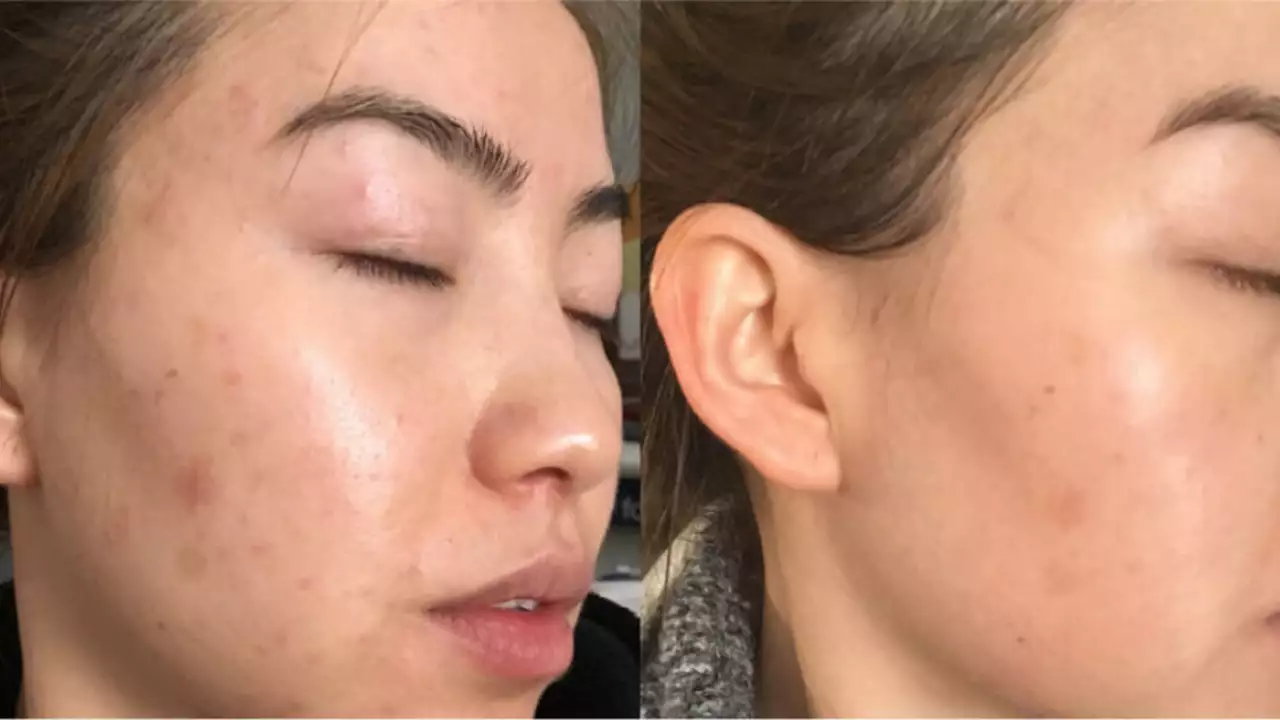Hydroquinone is a skin lightening ingredient many dermatologists use to fade melasma, sun spots, and post inflammatory hyperpigmentation. It reduces melanin production and often shows visible results within a few weeks. It is effective for targeted patches but must be used carefully to avoid irritation and rare long term problems.
You can find hydroquinone over the counter at two percent or by prescription commonly at four percent. It works by slowing pigment producing cells and is best for local brown spots, melasma, or acne marks rather than overall skin lightening. Most people see improvement after four to twelve weeks when they follow instructions.
Do a patch test before using. Apply a small amount on the inside of the forearm for three days to check for redness, itching, or swelling. If any reaction appears, stop and consult a clinician. Avoid creams from unknown sources because counterfeit or high strength products can cause serious damage.
Apply hydroquinone once or twice daily to clean dry skin. Use a thin layer only on the dark spot. Always wear sunscreen every morning because treated skin is more sensitive to sun and new pigmentation can appear without protection. Many clinicians advise limiting continuous use to three to four months and then taking a break or switching to maintenance options.
Common side effects include mild burning, stinging, and increased redness. A rare but serious condition called ochronosis can cause stubborn blue black discoloration after prolonged improper use, especially with unregulated products. Hydroquinone is not usually recommended during pregnancy or breastfeeding due to limited safety data. It is not for children or for use on broken skin.
If irritation occurs stop using the product and see a dermatologist. A doctor may recommend combining hydroquinone with a retinoid or a mild steroid in a controlled plan, or changing to azelaic acid, kojic acid, tranexamic acid, or vitamin C serums. These alternatives often carry lower risk and can work well for many people.
Store hydroquinone in a cool dark place and throw away any cream that turns brown or smells odd because oxidation can reduce effectiveness. For widespread or stubborn pigmentation see a dermatologist. Professional options like chemical peels or laser work for some people but must be matched to skin type to avoid harm.
Regulations vary by country. Some places restrict or ban hydroquinone in cosmetics, so prescription options and medical supervision may be required. If you have darker skin tones get specialist advice because risks like ochronosis are higher. When a clinician prescribes hydroquinone they often set up a schedule, monitor progress, and suggest maintenance strategies to lower relapse risk. Ask questions and keep clear treatment records.
Key steps are simple: patch test, use on target areas only, protect from sun, limit continuous use, and buy from trusted sources. Follow these rules and you are more likely to fade dark spots safely and avoid surprises.

In my latest blog post, I explore the use of hydroquinone, a popular skin-lightening agent, on larger areas of the skin. I discuss how it works, its effects, and potential safety concerns. While it's effective at fading discolorations, overuse can lead to issues like skin irritation or a condition called ochronosis. It's crucial to use hydroquinone carefully and under the supervision of a dermatologist. Tune in to learn more about this potent compound and how to use it safely for body care.